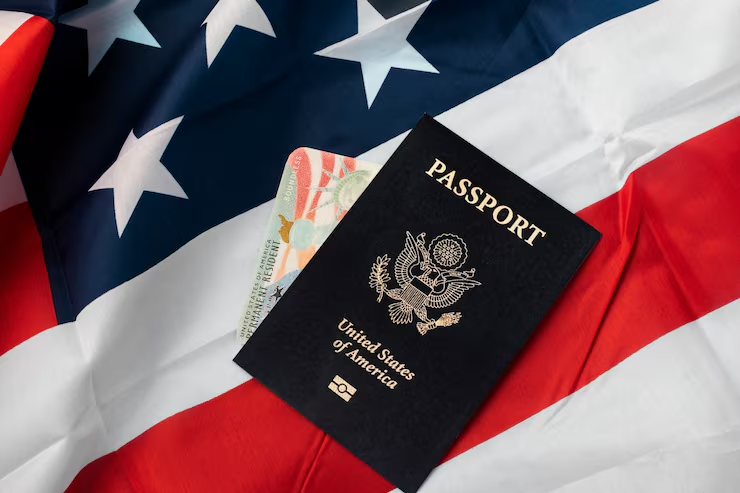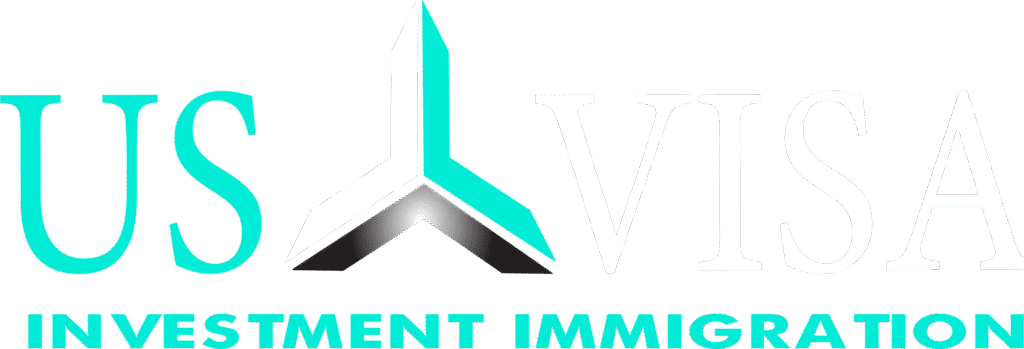For international students studying in the United States on an F-1 visa, the dream of building a long-term life and career in America is often coupled with uncertainty after graduation. The path to permanent residency, or a green card, is challenging, especially for students facing limited visa options post-graduation. While many students turn to employer-sponsored work visas like the
H-1B, these come with their own set of hurdles, including the annual lottery, strict quotas, and long wait times for green card processing.
Increasingly, international students are exploring the EB-5 Immigrant Investor Program as a strategic and direct route to U.S. permanent residency. This program offers a way to bypass many of the challenges of traditional work visa routes, and at U.S. Visa India Services, we specialize in guiding F-1 and OPT students through this transition.
In this article, we’ll explore the advantages of moving from an F-1 visa to EB-5, how the program works, and why it’s a smart move for many students and their families.

✧ Understanding the F-1 Visa and Post-Graduation Options
The F-1 visa is a non-immigrant student visa that allows international students to study full-time at U.S. accredited educational institutions. While the F-1 visa opens doors to top-tier education, it doesn’t inherently provide a pathway to staying in the U.S. permanently.
Post-Graduation Options for F-1 Students:
- OPT (Optional Practical Training): A period of work authorization (up to 12 months, or 36 months for STEM graduates) that allows students to gain practical experience in their field.
- H-1B Visa: A popular employer-sponsored visa, but subject to an annual lottery with limited slots, and often accompanied by long delays.
- Cap-Gap Issues: Students in the H-1B lottery who do not get selected may face uncertainty about their legal status.
- Green Card Backlogs: Employment-based green card processes (EB-2, EB-3) often face years of delays, especially for nationals from countries like India and China.
For students looking to stay in the U.S. permanently, these options come with limitations, high competition, and waiting times. The EB-5 Immigrant Investor Program offers an alternative that can provide quicker and more predictable results.
✧ The EB-5 Visa: A Direct Path to U.S. Permanent Residency
The EB-5 program allows foreign nationals to obtain a U.S. green card by making a significant investment in a U.S. business. The basic requirements are as follows:
- Investment Amount: $800,000 in a Targeted Employment Area (TEA) or $1.05 million in other areas.
- Job Creation: The investment must create or preserve at least 10 full-time jobs for S. workers.
- Source of Funds: Applicants must prove that their investment comes from a lawful and verifiable source (such as business income, inheritance, or real estate sales).
Once approved, the applicant and their immediate family (spouse and unmarried children under 21) receive conditional green cards, which become permanent after two years, provided the investment criteria are met.
Why F-1 Students Should Consider Transitioning to EB-5
★ Skip the H-1B Lottery
The H-1B visa process is competitive, uncertain, and subject to an annual cap. The EB-5 program offers a more direct route to U.S. residency by eliminating the need for employer sponsorship and the lottery system. Students can bypass the entire H-1B process, moving directly toward permanent residency.
★ Work and Travel Flexibility
One of the main advantages of the EB-5 green card is the freedom it grants. EB-5 recipients are not tied to a specific employer or job, unlike H-1B visa holders. They can work for any employer, start their own business, or even retire, all without jeopardizing their immigration status. Additionally, EB-5 holders enjoy greater travel flexibility, including the ability to leave the U.S. and return without complicated re-entry processes.
★ Family Green Card Benefits
An important benefit for F-1 students and their families is the ability to include their spouse and unmarried children under the age of 21 as dependents in their EB-5 petition. This ensures that the entire family can enjoy the benefits of U.S. permanent residency together.
★ In-State Tuition Rates
Once an F-1 student becomes a U.S. permanent resident, they are eligible for in-state tuition at many public universities. This can represent significant savings compared to international student tuition rates, making a U.S. education more affordable in the long run.
★ No Employer Dependency
Unlike other visa categories like H-1B, which require employer sponsorship, the EB-5 program offers complete independence from any employer. This allows students to pursue their career goals, change employers, or even become entrepreneurs without worrying about their immigration status.
★ Path to U.S. Citizenship
EB-5 green card holders are eligible to apply for U.S. citizenship after five years of permanent residency. This provides a clear path for those who wish to build a long-term future in the U.S.
How F-1 Students Can Use EB-5
There are several ways F-1 students can utilize the EB-5 program to transition to U.S. permanent residency:
★ Scenario 1: Parents Invest for Their Child
Many international students have parents who choose to invest in the EB-5 program on their behalf. If the student is under 21 and unmarried, they can be included as a dependent in the parent’s EB-5 petition, allowing them to obtain a green card without additional investment.
★ Scenario 2: Investment During OPT
Some F-1 students on OPT (or STEM OPT) decide to apply for EB-5 while they are working in the U.S. This allows them to avoid the risk of falling out of status if their H-1B petition is not selected or if the H-1B process is delayed or denied.
★ Scenario 3: Filing Adjustment of Status (Form I-485) While in the U.S.
F-1 students already in the U.S. can file Form I-485 (Adjustment of Status) while their EB-5 petition is being processed. This allows them to stay in the U.S. legally while waiting for their green card, and even receive an Employment Authorization Document (EAD) and Advance Parole (AP) to work and travel during the waiting period.


